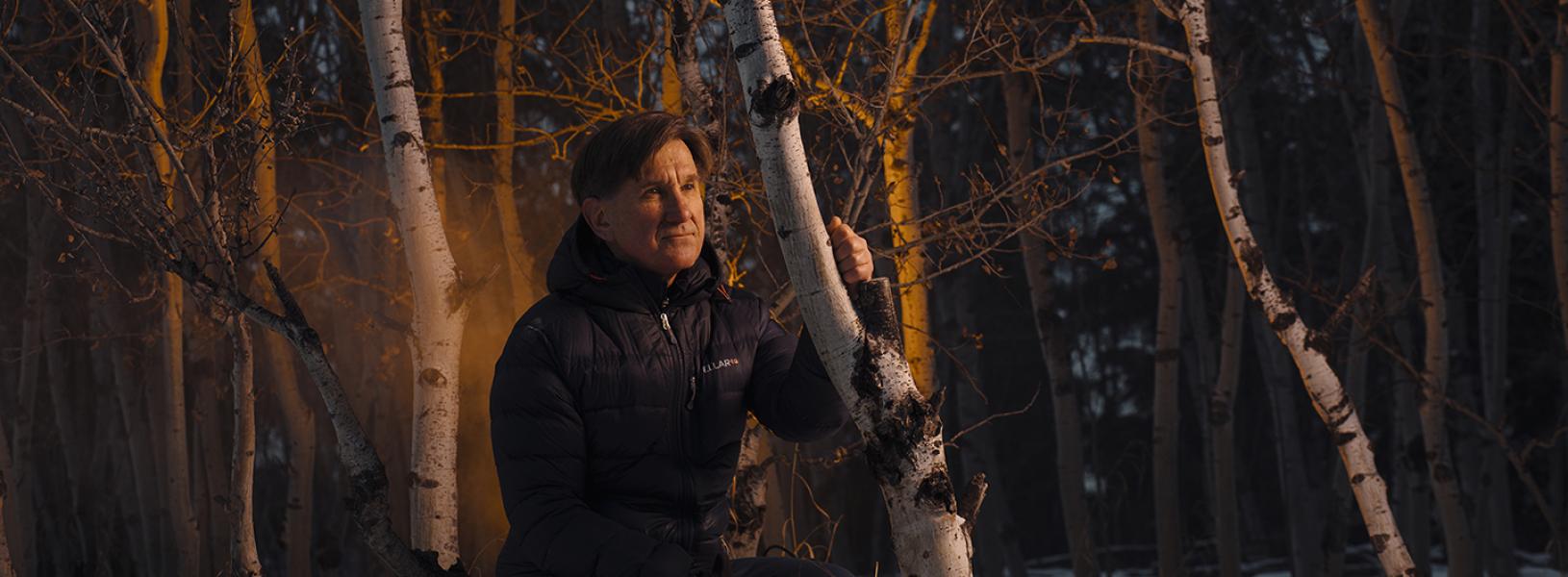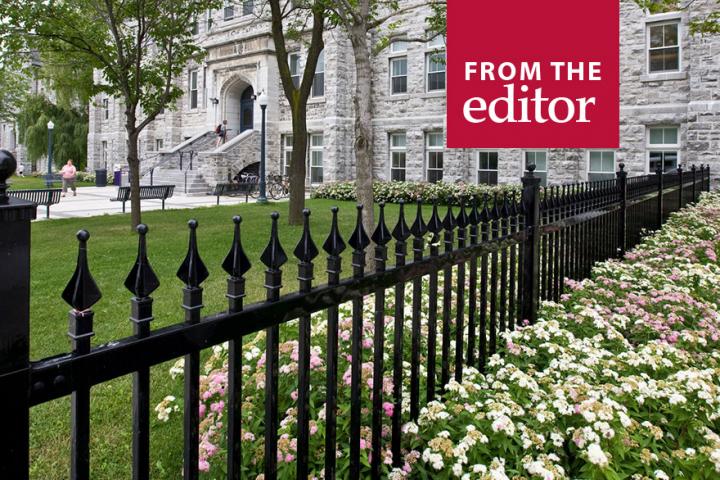In the summer of 2004, Edward Struzik was hiking along the Lockhart River in the Northwest Territories when a thick, black cloud of smoke from a nearby wildfire encircled him. He could hardly breathe, let alone see, and he didn’t know which way to turn. He took a guess and started backtracking as fast as he could. It was a good guess. The dark cloud eventually disappeared and the fire never reached him.
“That really was a wake-up call,” says Mr. Struzik, now a fellow at Queen’s Institute for Energy and Environmental Policy. “It was my first direct confrontation with a fire, and it made me realize what so many people in boreal communities across Canada go through when a fire comes in very, very quickly.”
That blaze was also one of a series of rallying calls for the veteran science and environmental journalist to learn more about wildfires. The summer before, he had been up in a helicopter overlooking Kootenay National Park’s “Holy Shit Fire,” named after the exclamations of bureaucrats who saw the massive inferno rip through the valley below. A Parks Canada wildfire manager told Mr. Struzik that, as the planet continued to warm, these flames were a premonition of bigger fires to come. “That stuck with me,” he remembers. “And I realized that as the years went by, we just saw more fires burning bigger, hotter, more often, and causing more damage.”
All of this led to Dark Days at Noon: The Future of Fire, Mr. Struzik’s 2022 book about what the history of wildfires in North America might teach us about dealing with wildfires of the future. Through archive sifting and first-hand reporting, he details dozens of the continent’s most infamous fires and the response to them. There’s the 1825 Great Miramichi Fire, for instance, one of the largest and most deadly wildfires in North American history. There’s the 1950 Chinchaga Firestorm in northern Alberta, whose smoke turned day into night in parts of Ontario. And, of course, there’s the 2016 Fort McMurray wildfire, which could have been a lot worse were it not for a young, emergency-trained populace and a last-minute change in weather.
Mr. Struzik’s conclusion from his historical survey: the old tactics of fire suppression won’t work. We must learn to live with fire, as the continent’s Indigenous Peoples once did. Investing in fire science has to be a priority; investing in communities to be more resilient and able to manage fire should be another.
Small signs of progress are showing, but not quick enough, he says. As he has seen up close, wildfires are burning hotter and faster – and they aren’t waiting for us to catch up. “Fire has nothing to say except for the fact of itself,” he writes. “It will always be quite simply a chemical reaction, a propulsive oxidation of hydrocarbons shaped by terrain, weather, climate, and the combustible material around it. We have to learn to live with fire and find ways of containing it. Fire will not learn to live with us.”


